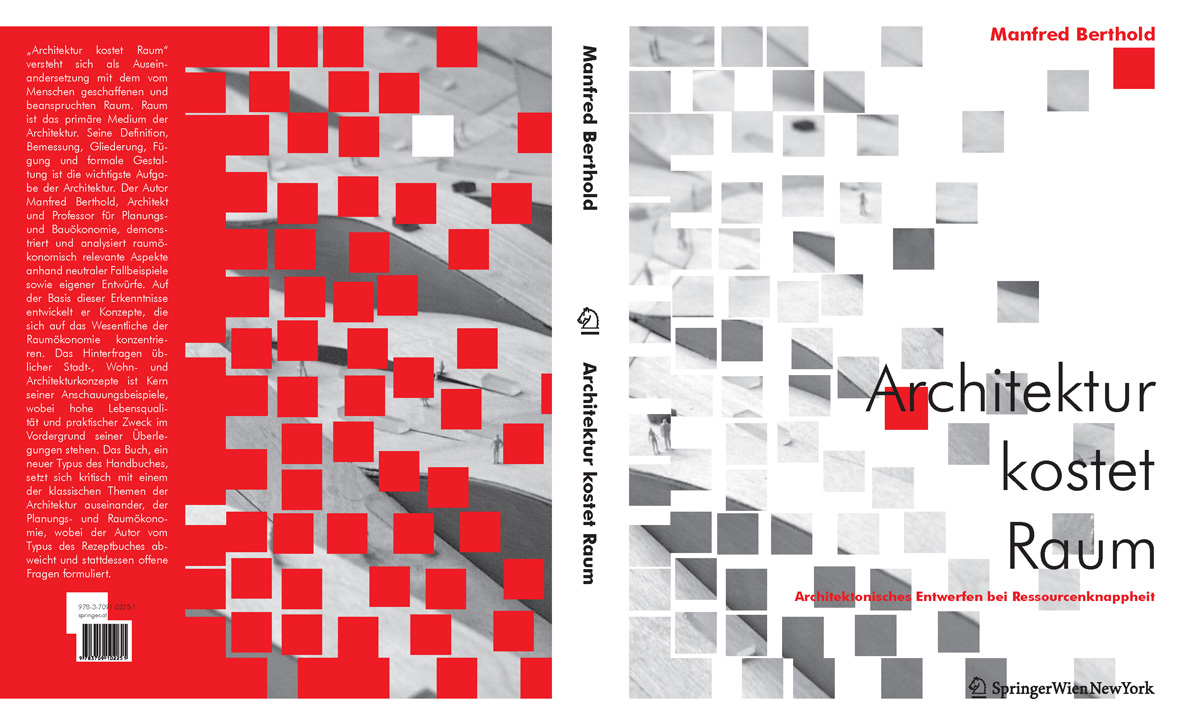After successful completion of the course, students are able to work on a complex task in the field of architecture using artistic, technical and scientific methods. and can thus take the diploma examination.
The master's and diploma thesis should show that at the end of their studies the student is able to work on a complex task in the field of architecture using artistic, technical and scientific methods.
As a rule, a design topic is proposed by the diploma student. The self-chosen topic will be presented and discussed in a short presentation within the framework of the Privatissimum.
Diploma / Master Thesis:
Pivot point is the architectural design, developing creative solutions for building projects under consideration artistic, technical, social, economic and logical aspects.
assessment criteria
Design idea, variability, flexibility, multi-functionality, perceptibility of the room response to urban, topographic and climatic conditions, innovative approaches, economic, ecological and social-compatibility, comprehensibility of the building system.
Architektur kostet Raum | Architektonisches Entwerfen bei Ressourcenknappheit
Manfred Berthold
Gebundene Ausgabe: 380 Seiten, 462 Abbildungen in Farbe. Verlag: Springer Wien New York; Sprache: Deutsch, Ladenpreis: € 58,32, ISBN-10: 3709102251, ISBN-13: 978-3709102251, Größe: 30,6 x 23,8 x 3,5 cm

versteht sich als Auseinandersetzung mit dem vom Menschen geschaffenen und beanspruchten Raum. Raum ist das primäre Medium der Architektur. Seine Definition, Bemessung, Gliederung, Fügung und formale Gestaltung ist die wichtigste Aufgabe der Architektur. Der Autor Manfred Berthold, Architekt und Professor für Planungs- und Bauökonomie, demonstriert und analysiert raumökonomisch relevante Aspekte anhand neutraler Fallbeispiele sowie eigener Entwürfe. Auf der Basis dieser Erkenntnisse entwickelt er Konzepte, die sich auf das Wesentliche der Raumökonomie konzentrieren. Das Hinterfragen üblicher Stadt-, Wohn- und Architekturkonzepte ist Kern seiner Anschauungsbeispiele, wobei hohe Lebensqualität und praktischer Zweck im Vordergrund seiner Überlegungen stehen. Das Buch, ein neuer Typus des Handbuches, setzt sich kritisch mit einem der klassischen Themen der Architektur auseinander, der Planungs- und Raumökonomie, wobei der Autor vom Typus des Rezeptbuches abweicht und stattdessen offene Fragen formuliert.